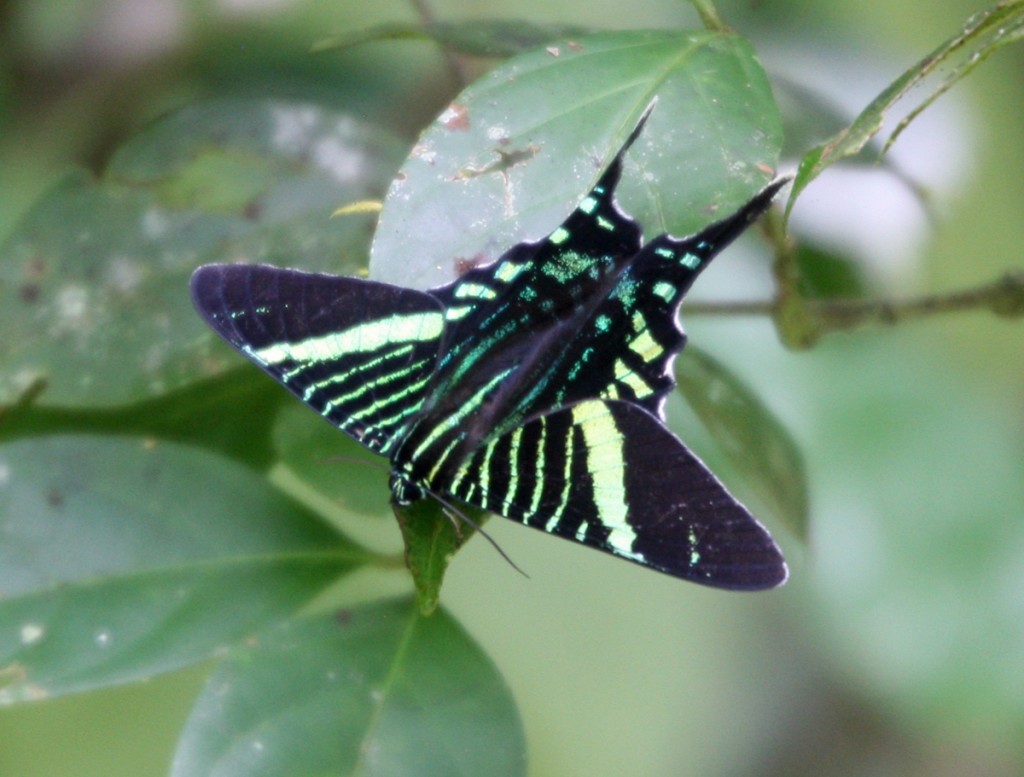The Banded Peacock (Anartia fatima) is one of the most common butterflies in Costa Rica, and likes fluttering in sunny open areas like pastures and riverbanks. The males of the species are territorial, so if a Banded Peacock seems to be chasing you, it probably is. But not because it likes you!
All media is copyright costaricawildlife.net, 2013.







